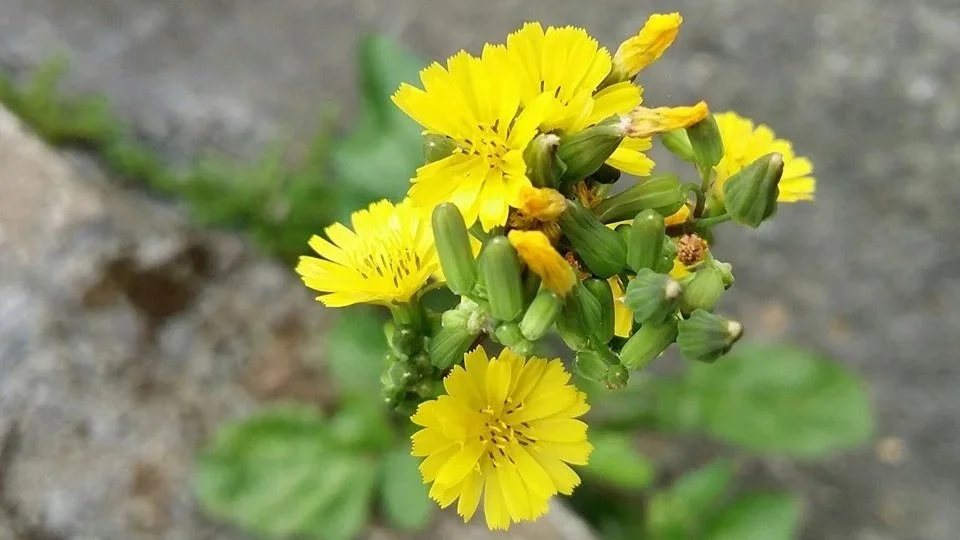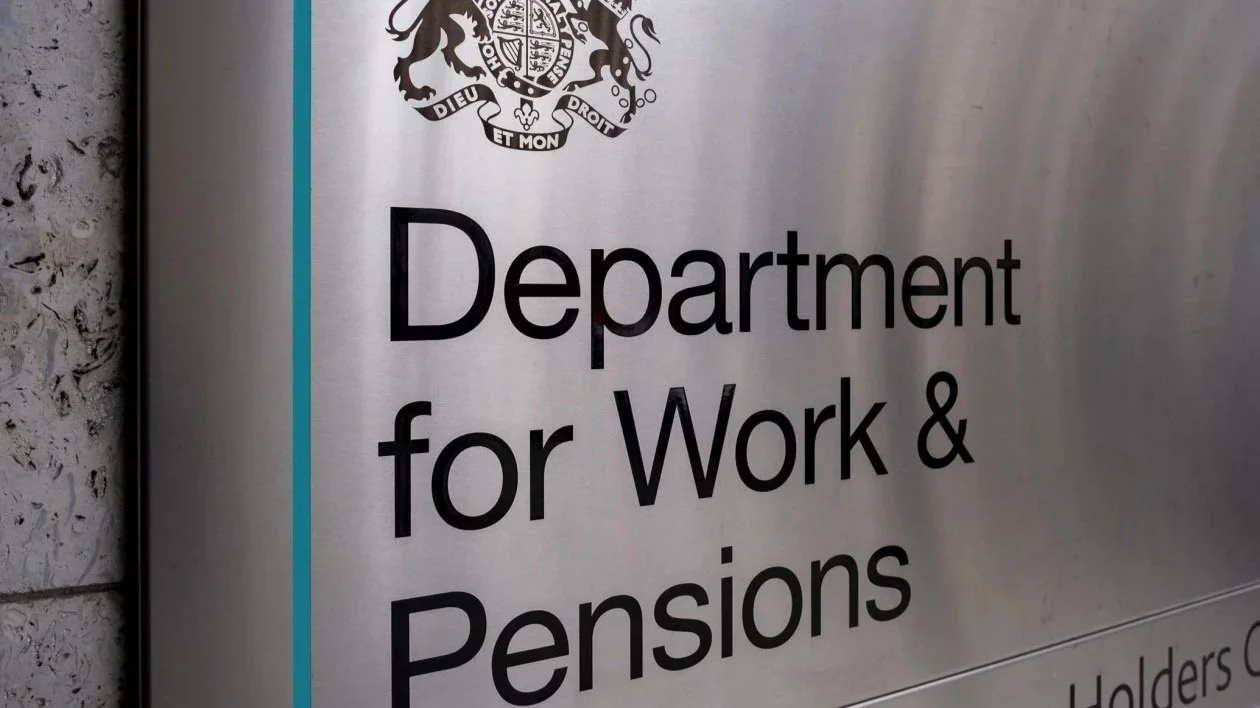At Something To Aim For (STAF), our mission has always been to support under-represented artists and cultural workers, particularly those from marginalised communities. These are the voices that often go unheard in mainstream cultural spaces, and we are committed to amplifying them. Since last year, we’ve expanded our focus to include anti-poverty work, recognising that the barriers to cultural participation and economic hardship are deeply connected. As part of this effort, we’ve taken on initiatives like the Building an Anti-Poverty Community (BAAPC) project together with the Manchester Central Foodbank, and we are commissioned by Manchester City Council to support for the establishment of an Anti-Poverty Strategic Insight Group as part of the Council’s Making Manchester Fairer: Anti-Poverty Strategy. These initiatives underscore our commitment to tackling the root causes and structural barriers that perpetuate both cultural and economic inequities.
As I’ve reflected on this expansion, I’ve often found myself wondering about the deeper ties between these two areas. The more I think about it, the clearer it becomes that cultural exclusion and economic disadvantage are not just related—they are fundamentally intertwined, and addressing them requires changes to the very infrastructure of our systems and society.
Cultural Exclusion and Economic Hardship
The communities we support—those historically marginalised by reason of disability, health conditions, other social or economic disadvantage and intersectional identities—are often the same ones most at risk of poverty. Recent research by The Audience Agency highlights how the rising cost of living is a significant barrier to cultural participation, particularly for economically disadvantaged groups. This raises important questions about how these economic barriers can be addressed alongside promoting cultural justice.
It’s evident that when people are excluded from cultural spaces, they also face limited economic opportunities, which further deepens their marginalisation. As a creative infrastructure support organisation, we constantly ask ourselves how we can contribute to reshaping these systems to be more inclusive and equitable?
Why Cultural Justice Matters
Cultural justice is about more than just inclusion; it’s about creating opportunities for everyone to participate fully in cultural life. When the voices of under-represented artists are heard, the cultural landscape becomes richer and more reflective of our diverse society. However, recent findings show that those who are financially better off have more freedom to engage in cultural activities, while those who are economically disadvantaged face further exclusion. This highlights the urgent need for more inclusive strategies that ensure everyone can contribute to and benefit from cultural life.
At STAF, we recognise that addressing these challenges requires more than just supporting individual artists; it also involves advocating for changes in the broader cultural infrastructure. By contributing to the development of systems that are more accessible and inclusive, we aim to play our part in ensuring that cultural participation is not constrained by economic status.
Anti-Poverty Work: A Natural Extension
Our anti-poverty initiatives are a natural extension of our commitment to cultural justice. The communities we work with are not just culturally marginalised; many of them face significant economic hardships as well. Addressing these intertwined challenges is essential to fostering a truly equitable society.
At STAF, we see our role not just in supporting the arts, but in helping to transform the systems that shape our society. By contributing to anti-poverty work, we help create the conditions necessary for full cultural participation, which in turn supports overall well-being and strengthens the social fabric of our communities.
Building Community Bridges
Our work at STAF goes beyond supporting individuals; it’s about fostering connections between communities and contributing to a more inclusive cultural infrastructure. Recent findings highlight the importance of creating pathways that ensure equitable access to cultural opportunities, particularly for disadvantaged groups. This aligns with our belief that cultural participation and economic stability are deeply connected.
By working to address the structural barriers that underlie both cultural and economic inequities, we are committed to helping build a society where everyone has the opportunity to thrive.
Looking Ahead
As we continue this journey, these reflections guide our approach. We remain dedicated to exploring and implementing strategies that bridge cultural and economic divides. We invite you to stay tuned for our upcoming initiatives as we work together to create a more inclusive and equitable future.
References:
The Audience Agency (2023). Cultural Participation Monitor: Recent Key Insights. https://www.theaudienceagency.org/evidence/cultural-participation-monitor
Social Biobehavioural Research Group (2023). The Impact of Arts and Cultural Engagement on Population Health.






